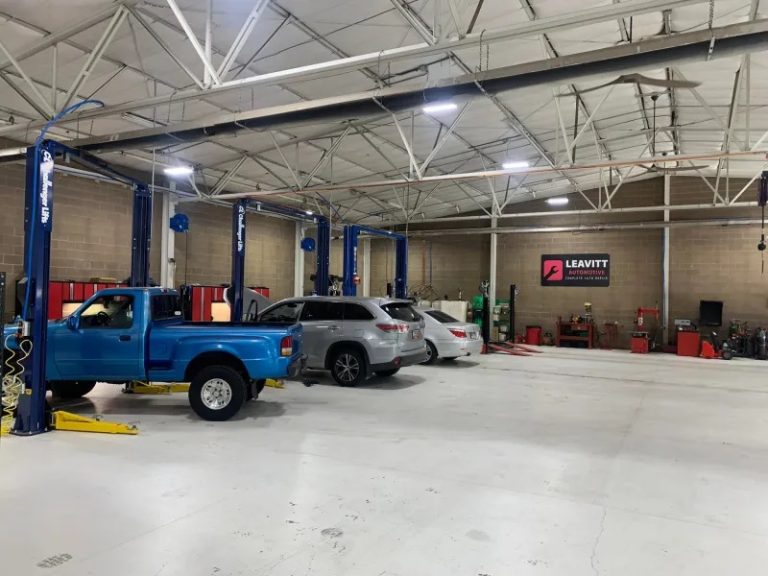Your car’s dashboard is its primary communication system, using a universal language of symbols and lights to alert you to potential issues. While there isn’t a dedicated “AC Failure” light, your vehicle can still signal problems with its climate control system through other, more familiar indicators. Understanding how these warning lights connect to your air conditioning is key to diagnosing issues early and seeking timely car AC repair. Ignoring these subtle clues can lead to more significant, and costly, component failures down the road, turning a minor inconvenience into a major repair bill.
The Versatile Check Engine Light
The most notorious of all dashboard warnings, the Check Engine Light (CEL), can illuminate for hundreds of reasons, some of which are directly related to the air conditioning system. The AC compressor places a significant load on the engine when it engages. If the compressor is failing, its clutch is malfunctioning, or a related sensor detects an abnormal reading, the engine control unit (ECU) may interpret this as an engine performance issue and trigger the CEL. If your check engine light comes on simultaneously with your AC blowing warm air or making strange noises, it’s a strong indicator that the problem lies within the AC system. Surely the Auto AC Repair in Goshen, IN based service hiring option would be much essential here.
When High Temperatures Signal Trouble
A spiking temperature gauge or a hot engine warning light is a clear sign of trouble that should never be ignored. This alert is often linked to the AC system due to the physical placement of its components. The AC condenser, which releases heat from the refrigerant, is typically mounted directly in front of the engine’s radiator. If the condenser becomes clogged with road debris, or if the electric cooling fans that serve both components fail, airflow is restricted. This not only prevents the AC from cooling effectively but also traps heat, causing the engine to overheat.
Electrical Clues from the Battery Light
The battery warning light signals an issue with the vehicle’s charging system, but it can also be an indirect clue to an AC problem. Your AC system is a major consumer of electrical power, especially the magnetic clutch that engages the compressor. If your alternator is weak, the extra demand from turning on the AC might be enough to trigger the battery light. Furthermore, the serpentine belt that drives the alternator often drives the AC compressor as well. A frayed or slipping belt will compromise both components, causing your AC to fail and the battery light to appear.
Don’t Ignore the Signs
Dashboard warning lights provide critical information about your vehicle’s health. While the check engine light, temperature gauge, and battery light may seem unrelated to your comfort, they are often the first warnings of a developing AC issue. Paying attention to when these lights appear—especially if it coincides with poor AC performance—is crucial. A professional technician can properly diagnose the root cause, whether it’s a faulty compressor, a failing fan, or a simple belt replacement. Addressing these warnings promptly not only restores your cool air but also protects your engine from potential damage.


